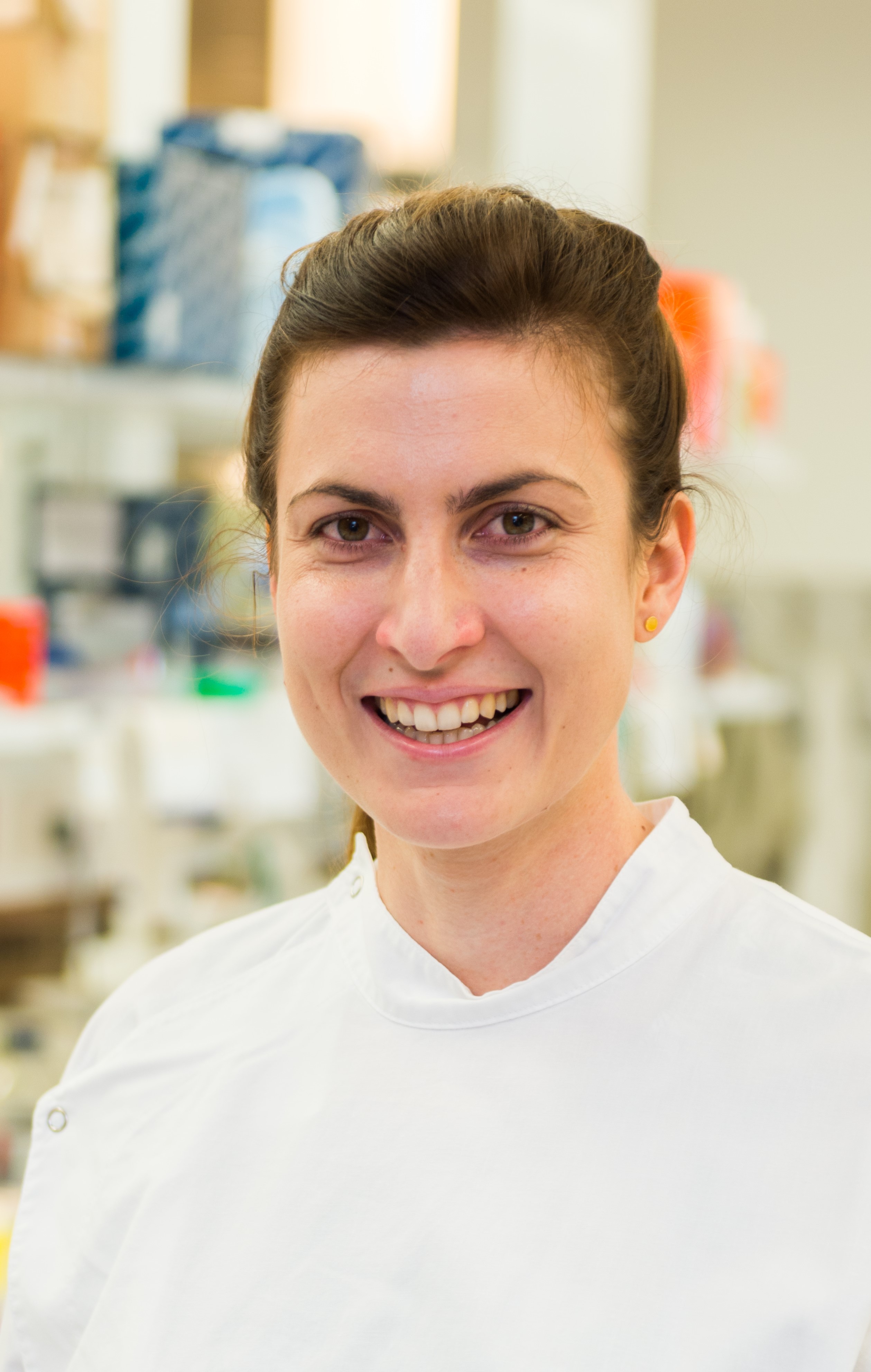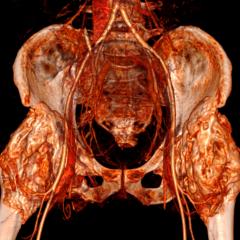The molecular mechanisms that underpin the way in which milk is transported through the mammary network and toward the nipple during lactation has been visualised in breathtaking new clarity by researchers at the University of Queensland.

Mammary gland biologist Dr Felicity Davis from UQ's Mater Research Institute teamed up with Dr Gilles Vanwalleghem from UQ’s Queensland Brain Institute to create the model.
“Much remains unknown in the fields of breast biology and lactation,” Dr Davis said.
“It is increasingly evident, however, that the fluid that this organ produces provides far more to a baby than nutrition.
“It is also clear that the cells that eject this milk exist within a complex network, the understanding of which requires not only knowledge of the individual components, but also the system as a whole,” Dr Davis said.
“When a brain cell fires, calcium inside the cell increases,” Dr Vanwalleghem said.
“We can use this phenomenon to observe how these cells behave and how they interact in real time.
“Calcium is an important and universal messenger in the body, so we can use it to visualise many other types of cells too,” he said.

Taking these models and methods to mammary cells, Dr Davis and Dr Vanwalleghem showed how contractile epithelial cells in the mouse mammary gland physically pump milk toward the nipple, enabling the group to describe the process that makes milk available.
This interdisciplinary collaboration, which draws on the expertise of both epithelial biologists and neuroscientists, has allowed this group to push the horizon of knowledge in this field.
The researchers plan to continue the collaboration to better understand mechanisms of milk production and release, with Dr Davis awarded a major grant from the Novo Nordisk Foundation to continue her work at Aarhus University in Denmark.
Understanding how mammary glands form and how they function during lactation will provide new insights for mothers’, women’s and babies’ health.
The research will help us to understand why some women may experience breastfeeding difficulties and may aid in the identification of new approaches for the treatment of breast cancer.
This research is published in Proceedings of the National Academy of Sciences and features on the cover of the current issue.
It was funded by the National Health and Medical Research Council, Mater Foundation and the National Stem Cell Foundation of Australia.
Media: Dr Felicity Davis f.davis@uq.edu.au; Dr Gilles Vanwalleghem g.vanwalleghem@uq.edu.au; Faculty of Medicine Communications, med.media@uq.edu.au, +61 7 3365 5133, +61 449 930 604; QBI Communications, communications@qbi.uq.edu.au, +61 405 661 856.



